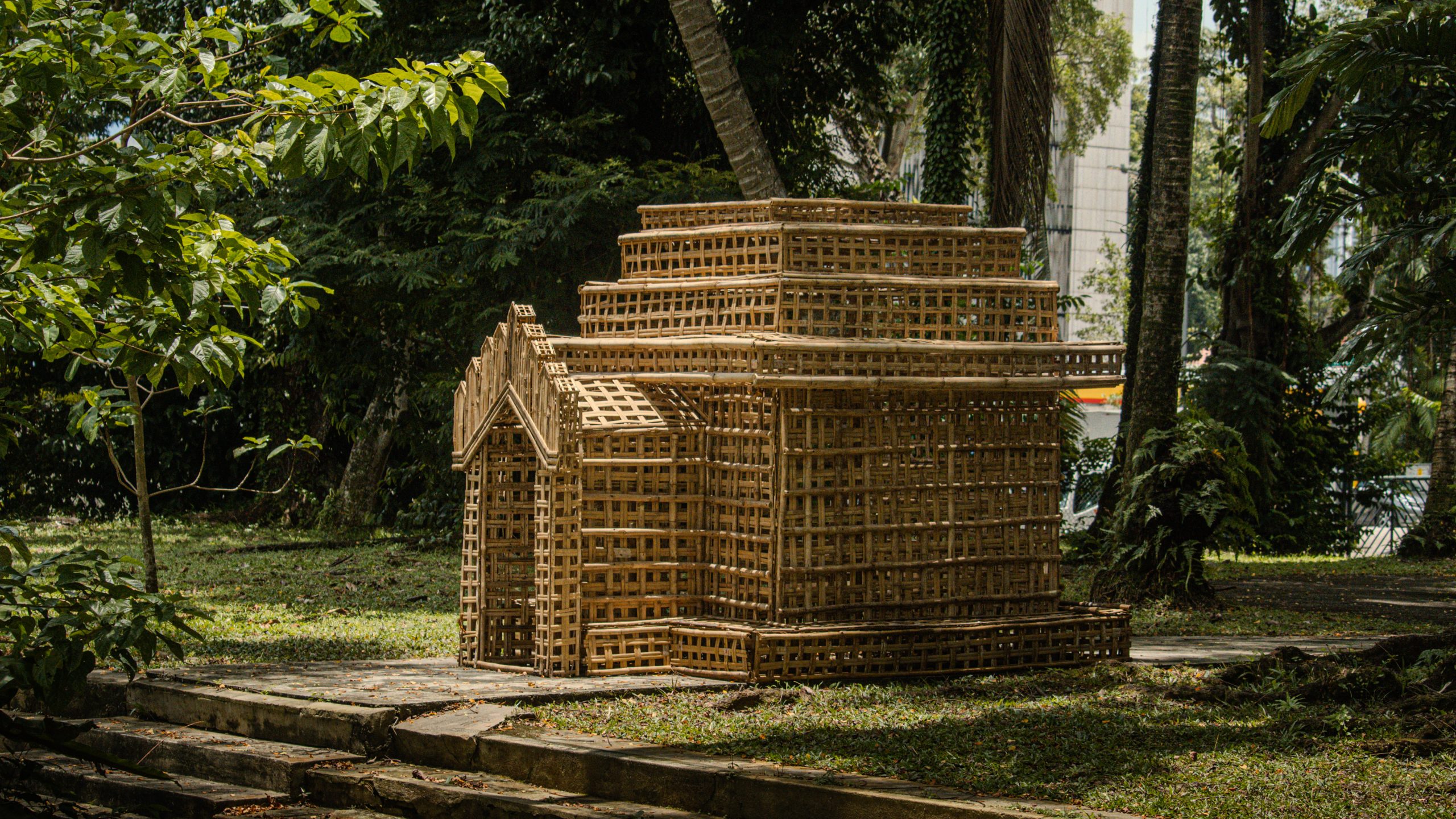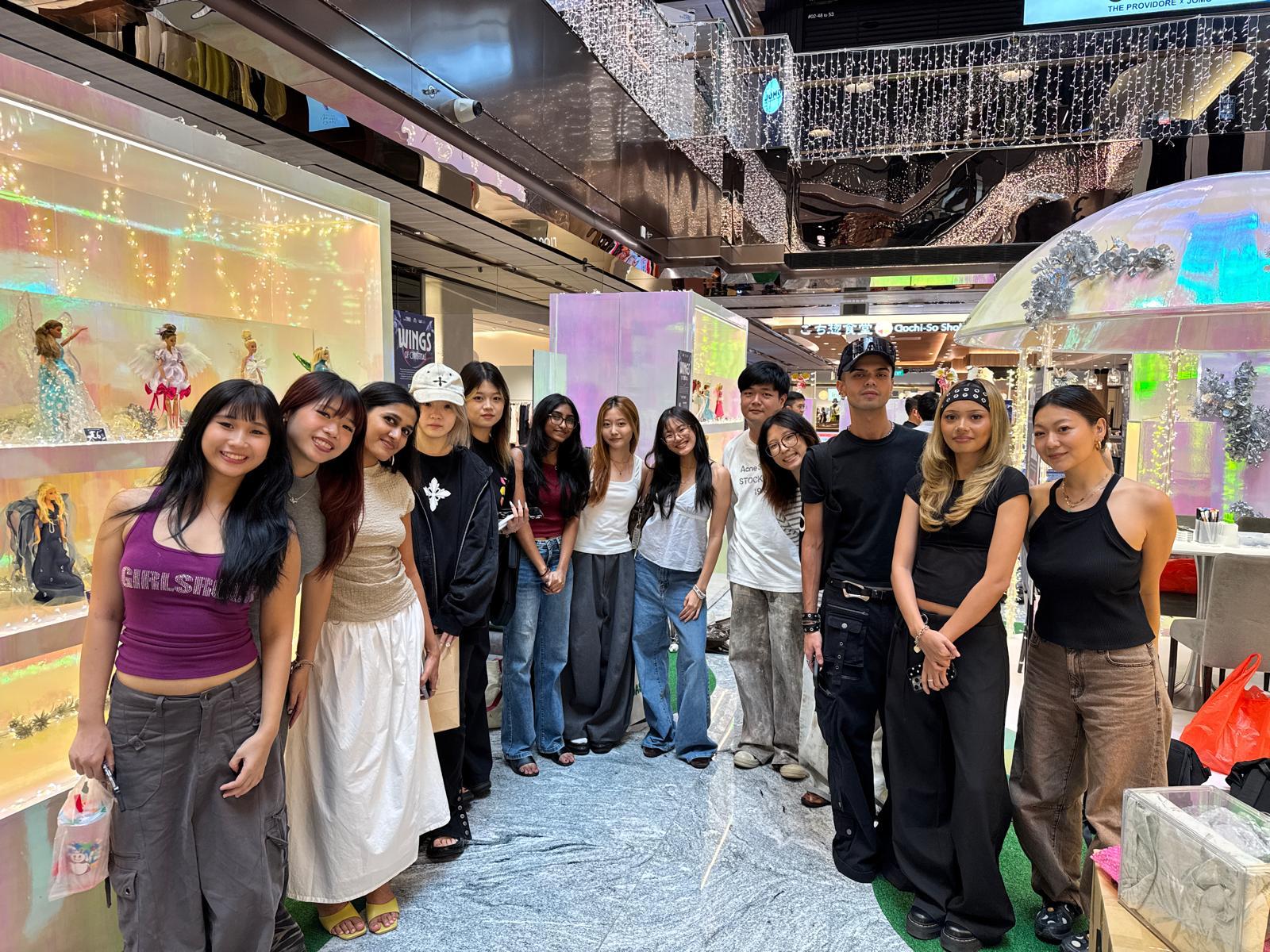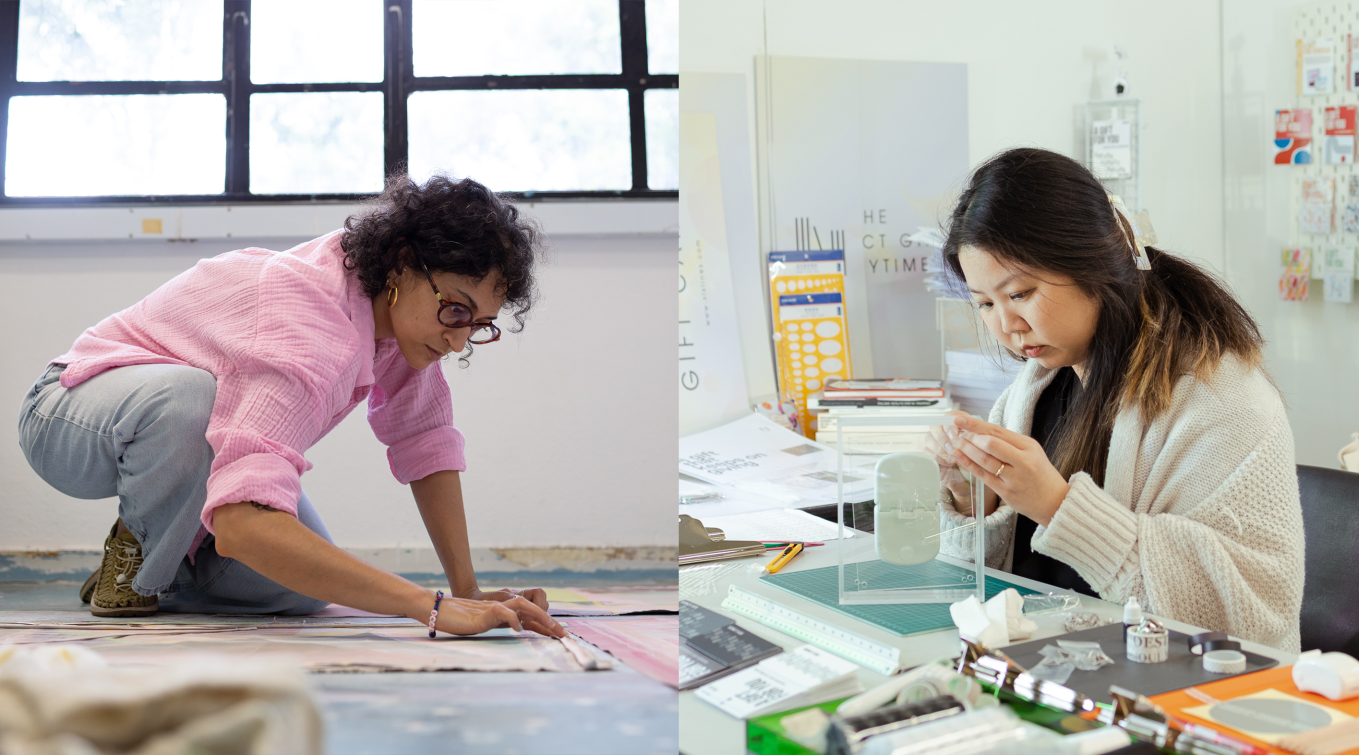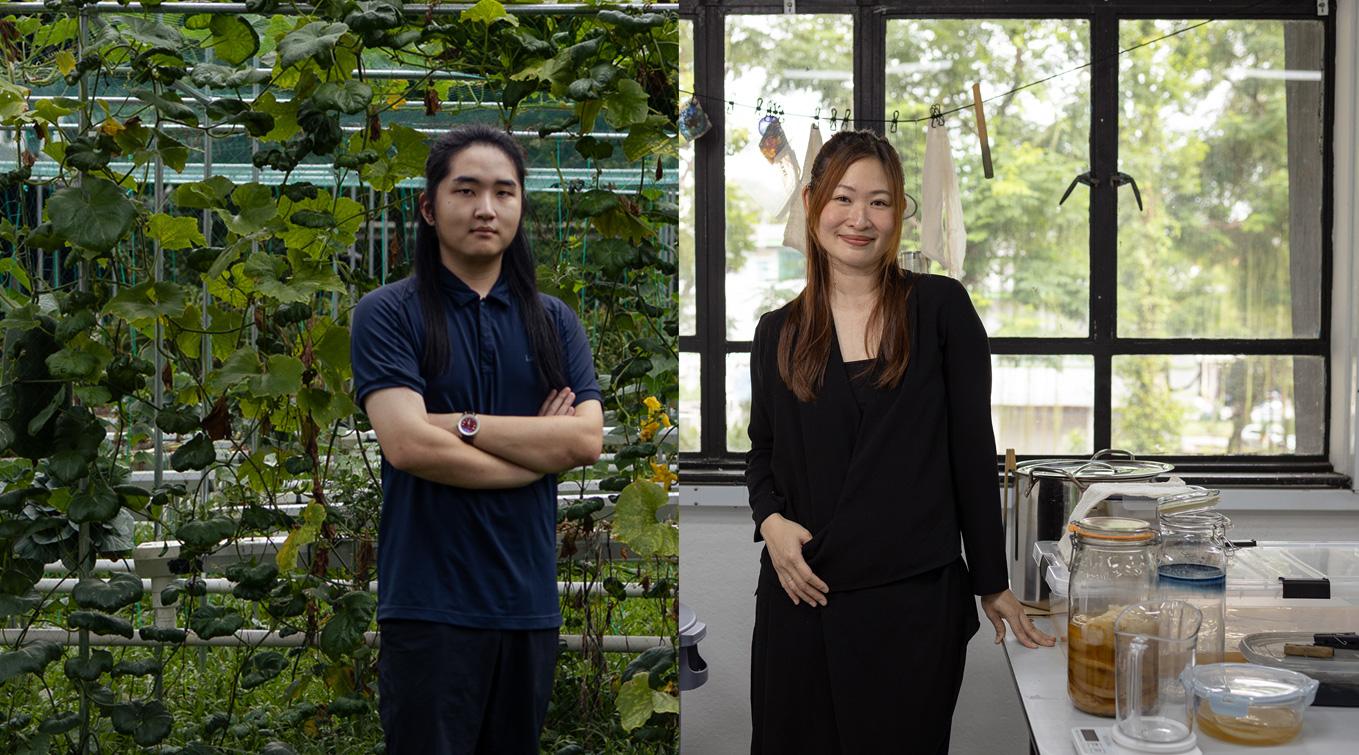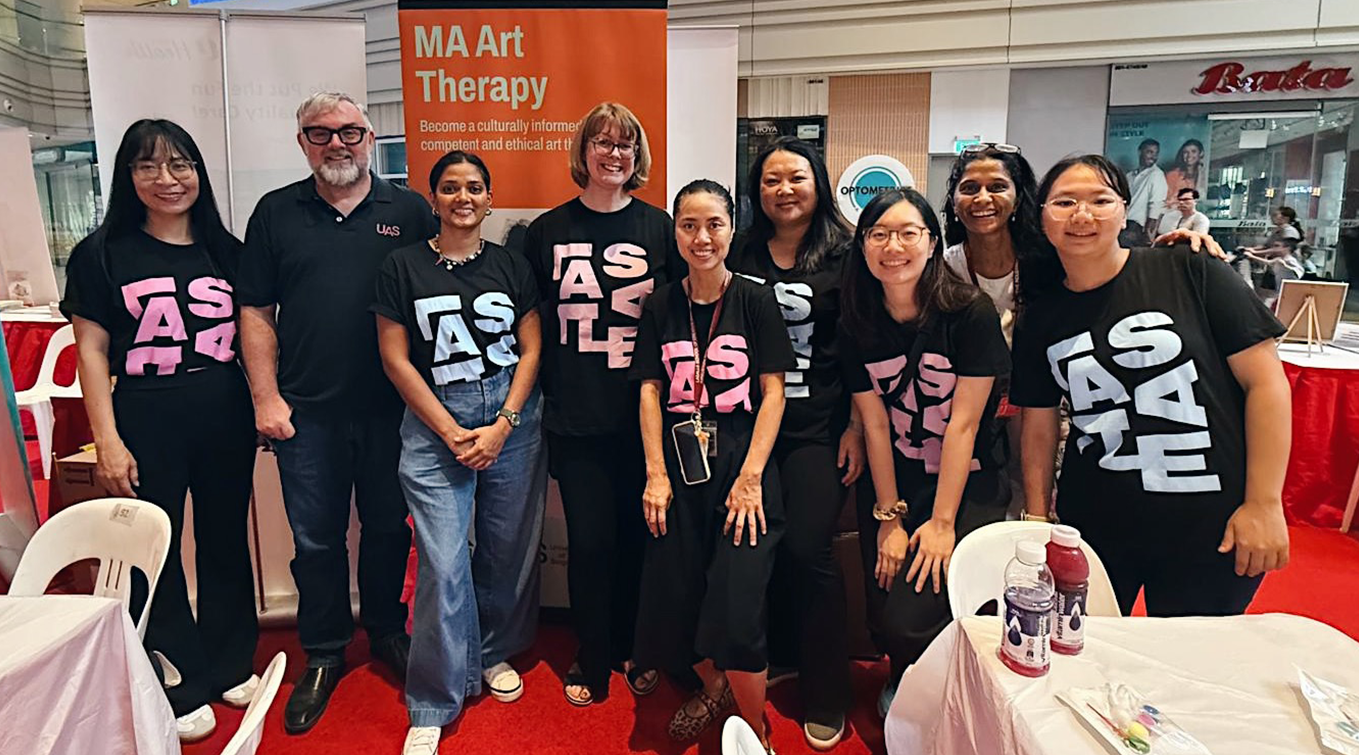In conversation with: Dr Stephanie Burridge on Routledge’s new anthology of LASALLE research

Come October 2020, LASALLE College of the Arts will be launching a new monograph of multidisciplinary research emerging from the College. The first publication of its kind, Embodied Performativity in Southeast Asia: Multidisciplinary Corporealities is edited by Stephanie Burridge and published by Routledge, as the culmination of a two-part research seminar held at LASALLE in 2019.
From dance and music to performance art, fashion and visual art, this eclectic collection of essays explores the notion of the body as central to creative practice. Drawing together conversations on embodied knowledge relating to space, time and place, the monograph also foregrounds LASALLE’s brand of practice-based research. In total, four lecturers and two former lecturers at LASALLE contributed essays across diverse disciplines.
We spoke to monograph editor Dr Stephanie Burridge about the book’s theme of ‘embodied performativity’ as well as how the practice-based research published in the book broadens artistic knowledge, while continually reflecting on how such new knowledge can be shared and imparted to students.
What is ’embodied performativity’?
Essentially, ’embodied performativity’ is about aligning creative practice and embodied experience. At our seminars in 2019, we deliberately brought together a wide range of artists to explore mind and body connections, as well as somatic and visceral experiences expressed through movement and gesture.
With each artist bringing their own disciplinary knowledge to the research presentations, deeply fascinating and insightful discussions arose about the scope of the words ‘embodiment’, ‘performativity’ and ‘corporealities’. We all felt there was a plurality of meanings that extended beyond the physical, culturally contextualised body.
What insights were revealed through the multidisciplinary scope of the research?
Although the artists’ research is presented in the book as a discrete study with specific case examples and outcomes, an underlying purpose was to find commonalities and linkages between them. We found that there were theoretical framing and methods in common, and performative workshops and performance, or exhibition, descriptors were applicable across multiple disciplines.
In totality, we found opportunities to extend artistic boundaries of collaboration. There are models of cross-disciplinary pedagogies emerging that warrant further inquiry in the future.
How does the Southeast Asian focus influence the context and content of the research?
The research was centred in Singapore with outreach projects, workshops and performance events in other selected Asian countries such as Thailand and Myanmar and beyond to Australia, the UK and Germany. The Southeast Asian context of cultural traditions, ritual, as well as symbolism, metaphors and imagery, often gave a sense of a journey.
This narrative of a journey was a recurring theme on essentialising the performative practice. As the same work travelled to different countries, the artists mapped shifting responses which took their artistic disciplines in unexpected directions. These trajectories are documented in the research chapters — for example, observations of Javanese wayang shadow puppets inspired a new direction in contemporary fashion, by including the shadow as an extension of the body.
So a sense of place, cultural memories and embodied ways of thinking and moving emerged as new audiences and participants engaged with each project. Charting and recording these variations are central to comprehending the impact of art as it crosses borders — geographical, cultural, social and educational, among others.
What, in your opinion, are some strengths of the artist-researcher model at LASALLE, where academics are also practitioners?
Process and practice come together with teaching artists. Through practice-based research, new artistic fields develop and research models are defined and refined – these are all central to exploring innovative ways of working and pedagogy.
Transference from an original idea into a working method to enable a pedagogical field, which will then facilitate sharing with students, is a concern throughout most of the chapters in this book. Students are very much involved in several projects that are mentioned, while other essays reflect on how the artists’ creative process and outcomes might shape their approach to student teaching and learning. Creativity and artistic practice are at the core.




